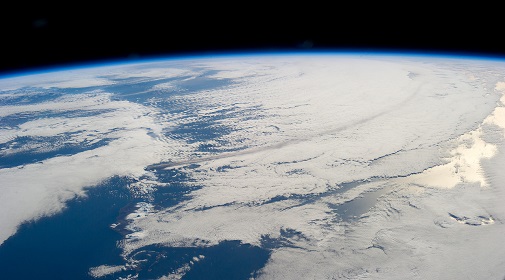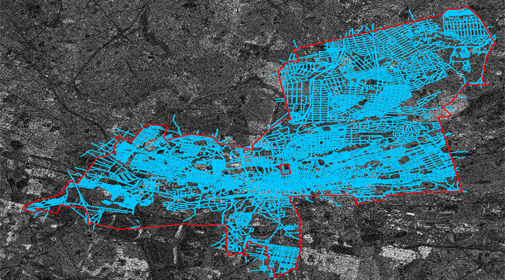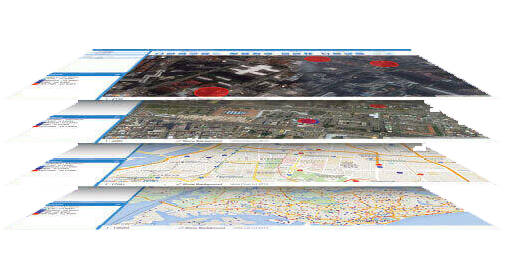How Does It Work?
Leak Detection
Detect leaks regardless of pipe material, diameter or soil composition!
Satellite Image Capture
The technology uses spectral space images – taken from satellite-mounted sensors – to spot leakage in underground distribution and transmission pipes.
Buildings & High Water Tables? No Problem
The images are prepared by filtering and removing bounces from tall buildings, other man-made objects, vegetation, hydro-logic objects, water tables & more!
Ground Analysis
The algorithm detects water by looking for a particular spectral “signature” typical to treated water. It can also provide information on ground saturation and soil moisture content.
User Friendly Reports
The data is then processed to deliver a pinpointed leakage graphic report overlaid onto a map with streets and pipes if required. The heat maps & GIS reports are accurate within 50-100 meters.
How We Help The Middle East Save Water
Leaks Detected From Space
Thousands of Kilometers Detected at Once!
With the technology that is used to search for water on other planets, it analyzes satellite images to detect water leaks on the earth. Leaks are detected by a satellite 637 km from the earth using SAR technology.
The Result?
Leaks are found without the time and manpower of field-based acoustic surveys. Leaks are displayed in user friendly GIS reports with great accuracy and with significant savings in terms of work compared to current methods of leak detection.
Complete Data Reports
The raw imagery is then overlaid on a client’s GIS water network and is processed by unique algorithms. The algorithm detects potable water by looking for a particular spectral “signature” typical to treated water. User friendly reports are delivered with pin-pointed leak locations.
Case Studies
The technology has a proven track record with municipalities all around the world. It has saved billions of gallons of water from leaking into the soil! Below are just a few of the water authorities that have seen great success using this technology.
GCC Case Study
GCC Case Study
In February 2019, Water Vision conducted a project in the GCC, the major objective of the project was to reduce the Non- Revenue Water in the region. The project details …
Watch How The Technology Works
Stats
180,000
Kilometers of Pipes Scanned
1,300,000,000
Gallons of Water Saved




